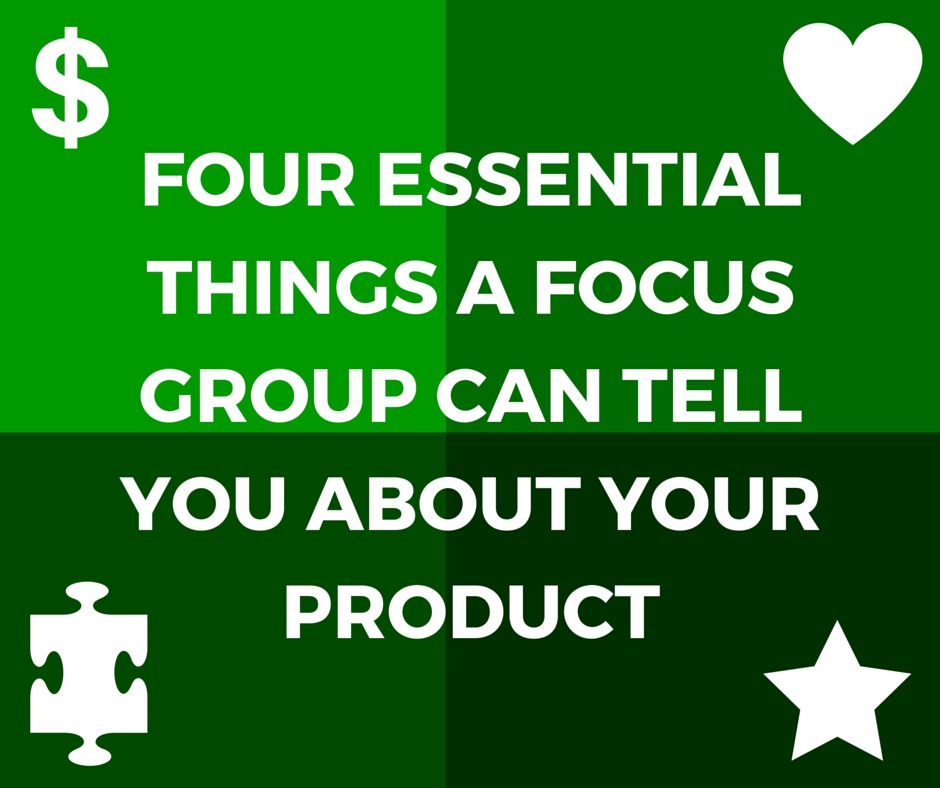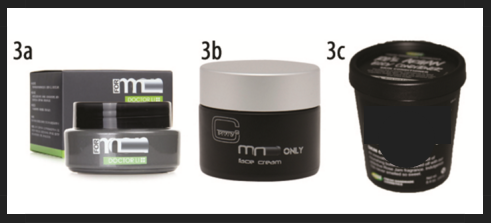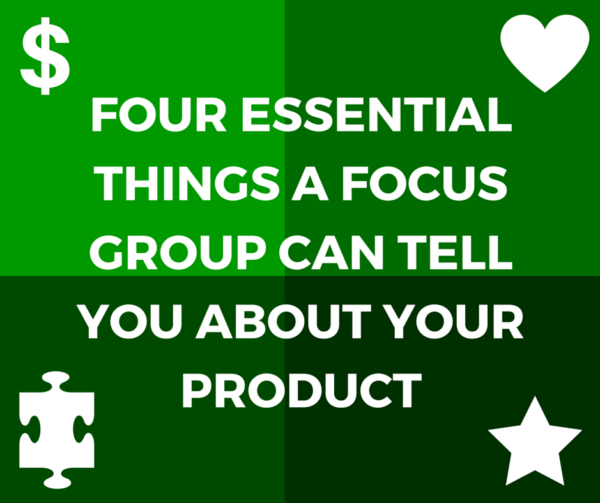You’ve created the latest, greatest thing. Or a prototype of it anyway. You, or your company, may be rushing to trademark, copyright, and patent your new product, but before your product hits retail shelves or the pages of e-commerce, there’s one more essential step you might have overlooked: gathering the hard facts, or acquiring market research data. Namely, you need to know if you or your company’s great experience with your new product is reproducible, especially among your target market.

To quote a recent Walk West (formerly Greenroom Communications) client who contracted our company to perform a focus group research project on her new fitness-related product:
“This [focus group research report] is the number one greatest investment I’ve made into my company so far.”
Here are the four essential things a focus group was able to tell her and that you’ll want the comfort of knowing as well before you invest in the development of a product that may or may not be ready for your target market to buy into.
1. Whether or not your product actually works
You may think that you already know the answer to this question regarding your product. You’ve been tweaking your concept for months or years already. You can practically use the product in your sleep and it performs perfectly each time. However, the longer you spend with your product, the more you’re likely to want to believe it’s perfect. That’s when you need an unbiased group of testers to step in and record their first experiences with the product as well as the performance of the product over time.
The results are often eye-opening. You may discover something as simple as that the instructions included for use of the product are too confusing and hinder the new user from being able to enjoy all of the benefits of your otherwise perfect product.
2. The overall appeal of your product, especially when compared with competitors
Your focus group will be asked to record their experiences with your product using all of their senses, or as many as are reasonably applicable to your particular product. They will also be asked to compare these experiences with competitors’ products that they’ve used in the past. When just one tactile aspect of the product is off (which you may or may not notice yourself), it kills the appeal of the product overall. Examples can include an “off-gassing” smell of a plastic or other synthetic material used during the manufacturing process, a texture that slips out of the hand too easily, an annoying whirring sound, a chalky taste, or an unappealing color choice.

Your focus group will compare competitor’s products to demonstrate how other companies addressed the aspects that your product might need improvement on and you can use this information to determine if you want to invest more to improve the quality of the product or position your product differently.
3. The likelihood your product will generate enough buzz for it to spread via word-of-mouth
Guess what? You don’t have to guess how likely your target market will be energized by your product enough to recommend it to others. You can just ask them, via a focus group research study. Because your focus group isn’t invested in your product emotionally or otherwise, you can count on honest feedback. If the focus group reports a hesitance to recommend to others they will also be asked what improvements could be made to the product to make them excited enough to want to share.
4. The obstacles you need to overcome to get your target to purchase
Getting the purchasing decision maker to invest in your product is much easier the lower the price point your product is, the more it’s differentiated from competitors’ products, and the more perceived value or status it brings to the user.
Your focus group will be asked to evaluate any obstacles that would exclude them from readily partaking in your product. Also, they will suggest the amount at which they would expect to purchase your product at full retail price. With this information, you can evaluate your per unit price to manufacture the product and determine if the amount that your target market is willing to pay provides enough of a margin. If not, you’ll need to find ways to decrease the manufacturing cost or improve upon the product in the ways that your focus group reported as being most important so that you can charge more for your product.

